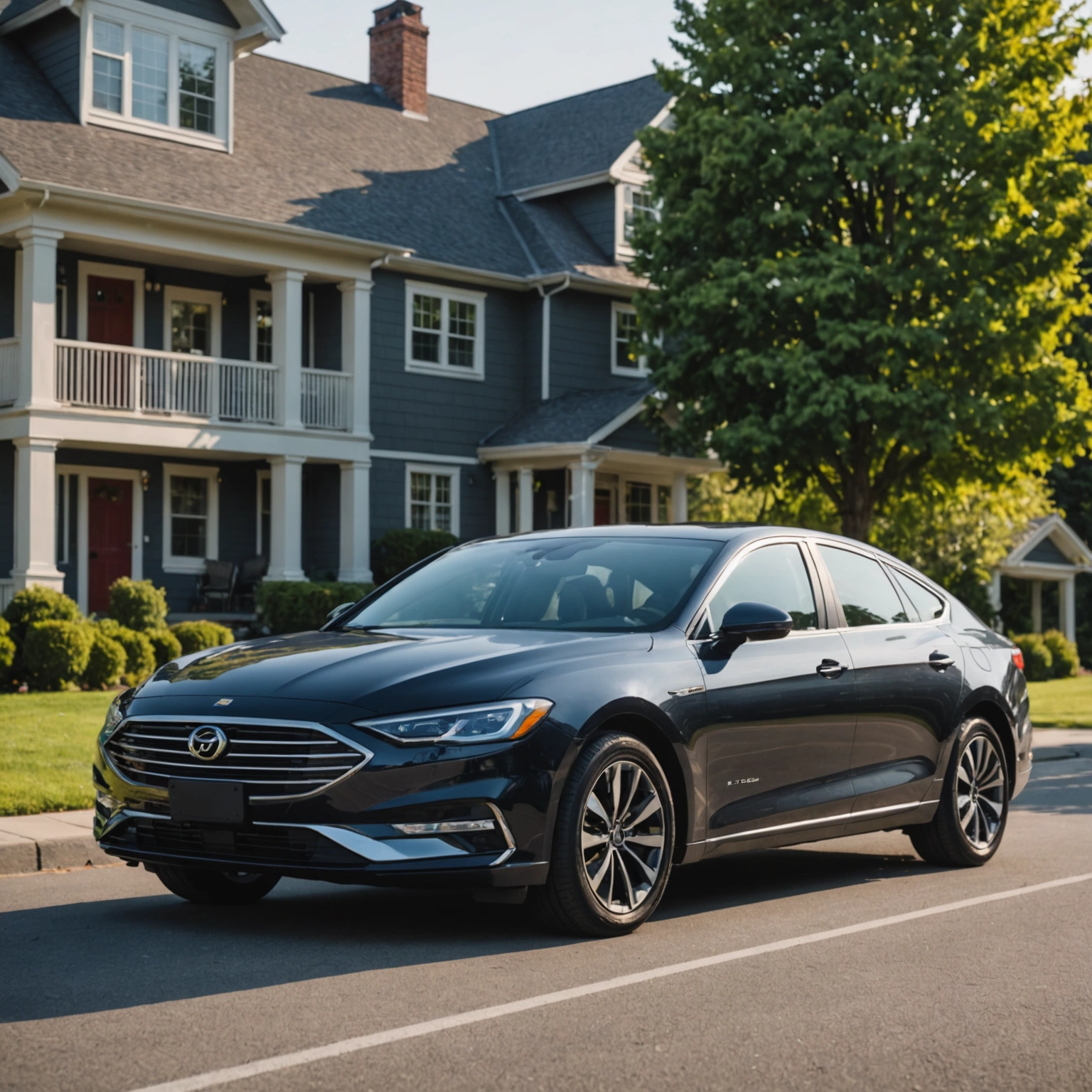**What Does My Extended Car Warranty Cover? A Complete Guide**
Purchasing an extended car warranty can offer peace of mind and financial protection against unexpected repair costs. However, understanding exactly what your extended warranty covers is essential to maximize its benefits and avoid surprises. Here’s a comprehensive overview to help you navigate your coverage.

### What is an Extended Car Warranty?
An extended car warranty, also known as a vehicle service contract, is a plan purchased to cover certain repairs and services after your manufacturer’s warranty expires. It functions similarly to an insurance policy, providing coverage for specific components and systems that may fail over time.

### Common Components Covered by Extended Warranties
While coverage varies between providers and plans, most extended warranties include protection for the following major vehicle systems:

1. **Engine:**
– Cylinder heads, blocks, pistons, timing chains, and related components.

– Oil pumps, water pumps, and fuel injection systems.
2. **Transmission:**
– Automatic and manual transmissions, including gears, shafts, and torque converters.
3. **Drivetrain:**
– Axles, driveshafts, differentials, and transfer cases.
4. **Electrical System:**
– Alternators, starters, batteries, and electronic control modules.
5. **Cooling System:**
– Radiators, thermostats, fans, and hoses.
6. **Steering and Suspension:**
– Power steering pumps, steering racks, shocks, struts, and suspension arms.
7. **Braking System:**
– Hydraulic components like master cylinders, ABS modules, and brake lines.
### Additional Coverage Options
Many extended warranties also offer optional coverage for other parts or systems, including:
– Climate control systems (air conditioning, heating)
– Fuel system components
– Fuel injectors
– Exhaust systems
– Navigation and infotainment systems (some plans)
### What Is Typically Not Covered?
Standard exclusions often include:
– Normal wear and tear (brakes pads, tires, belts)
– Routine maintenance (oil changes, filters, spark plugs)
– Cosmetic damages (scratches, dents)
– Damage from accidents or misuse
– Aftermarket modifications
Always review your specific policy’s terms for detailed exclusions.
### Deductibles and Service Limits
Most extended warranties require a deductible for each repair visit, similar to insurance. The amount can vary—from a flat fee (e.g., $50) to a percentage of the repair cost. Some plans also set annual or per-incident limits on coverage.
### Why Read the Fine Print?
Coverage details, including what’s included and excluded, vary significantly among providers and plans. Carefully review the warranty contract, paying attention to:
– Covered components and systems
– Exclusion clauses
– Deductible amounts
– Claim procedures
– Transferability (if you sell the vehicle)
### Final Thoughts
An extended car warranty can be a valuable investment if it covers the components most likely to need repairs as your vehicle ages. To ensure you’re fully protected, choose a plan that aligns with your driving habits, vehicle age, and budget. Always read the policy thoroughly and ask questions to clarify any uncertainties.
**Remember:** Regular maintenance and prompt repairs, even under warranty, help prolong your vehicle’s lifespan and maintain its value.
—
If you have specific questions about your current warranty or need help choosing the right plan, consult with your provider or a trusted automotive advisor. Safe driving!

